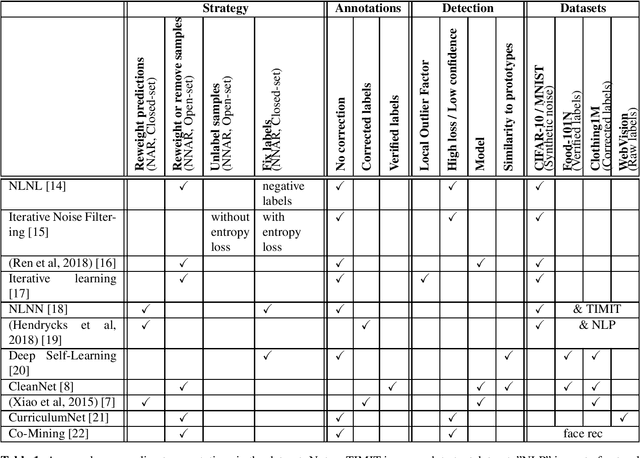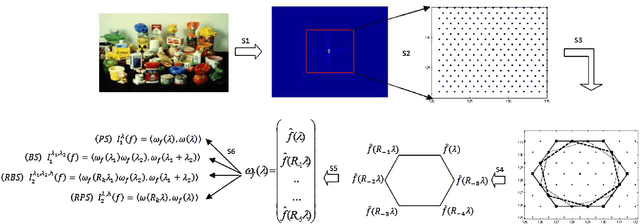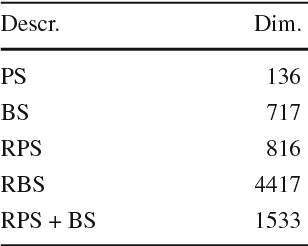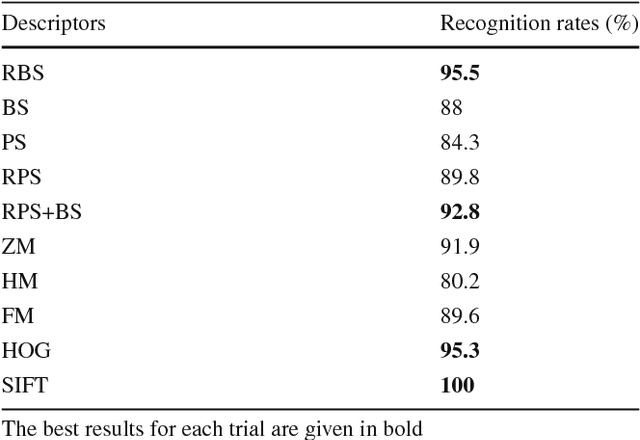Vincente Guis
Deep Learning Classification With Noisy Labels
Apr 23, 2020
Abstract:Deep Learning systems have shown tremendous accuracy in image classification, at the cost of big image datasets. Collecting such amounts of data can lead to labelling errors in the training set. Indexing multimedia content for retrieval, classification or recommendation can involve tagging or classification based on multiple criteria. In our case, we train face recognition systems for actors identification with a closed set of identities while being exposed to a significant number of perturbators (actors unknown to our database). Face classifiers are known to be sensitive to label noise. We review recent works on how to manage noisy annotations when training deep learning classifiers, independently from our interest in face recognition.
Fourier descriptors based on the structure of the human primary visual cortex with applications to object recognition
Jun 28, 2016



Abstract:In this paper we propose a supervised object recognition method using new global features and inspired by the model of the human primary visual cortex V1 as the semidiscrete roto-translation group $SE(2,N) = \mathbb Z_N\rtimes \mathbb R^2$. The proposed technique is based on generalized Fourier descriptors on the latter group, which are invariant to natural geometric transformations (rotations, translations). These descriptors are then used to feed an SVM classifier. We have tested our method against the COIL-100 image database and the ORL face database, and compared it with other techniques based on traditional descriptors, global and local. The obtained results have shown that our approach looks extremely efficient and stable to noise, in presence of which it outperforms the other techniques analyzed in the paper.
 Add to Chrome
Add to Chrome Add to Firefox
Add to Firefox Add to Edge
Add to Edge